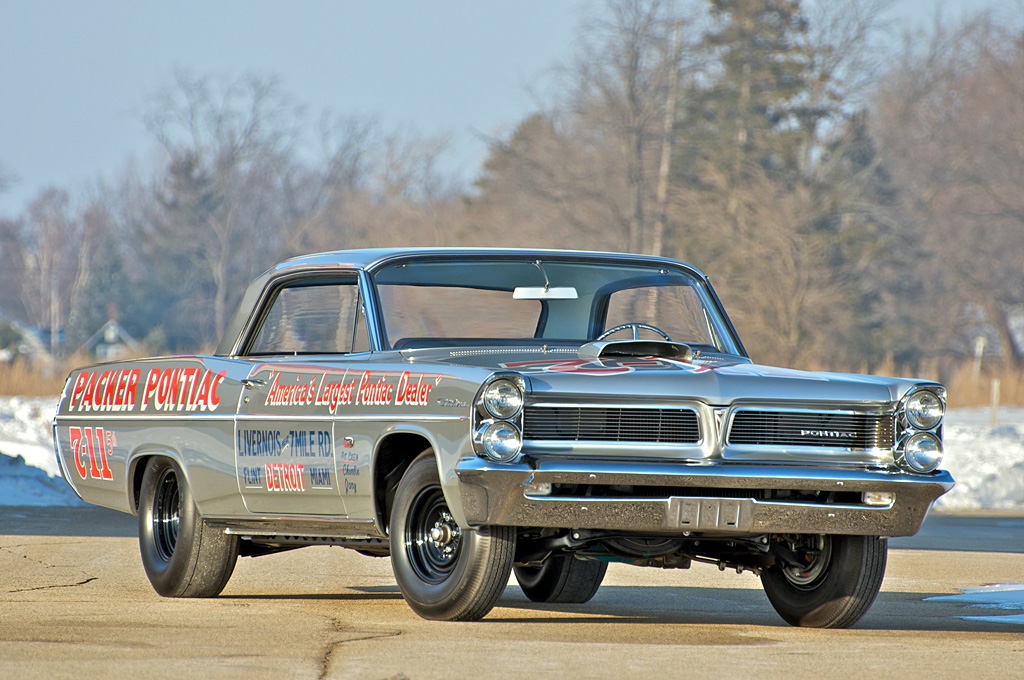Yeah just saw that. Forgot it is already 2024 haha. Still would be interested in getting the discussion back up and going.
I'm changing to lighter wheels, doing only carpet with no sound deadening, lightweight front seats and no rear, Removing undercoating, Tubular UCAs, tubular strut rods, newer/lighter AC compressor and accessories, lightweight battery, Aluminum intake/water pump (hopefully heads soon), and aluminum radiator.
Also looking at doing lightweight interior panels (probably aluminum or plastic cardboard covered with lightweight fabric), Fiberglass/CF hood and trunklid, possibly fenders, aluminum side exit exhaust, Aluminum or CF driveshaft, lightweight steering column, Fiberglass dash/dash pad, Lots of aluminum brackets, electric parking brake.
the other problem is I'm doing a lot of things that are adding weight: stronger rear end, subframe connectors and unibody bracing, bigger swaybars, bigger brakes, keeping power steering etc. so I'll have to get pretty serious to be a net negative.



















